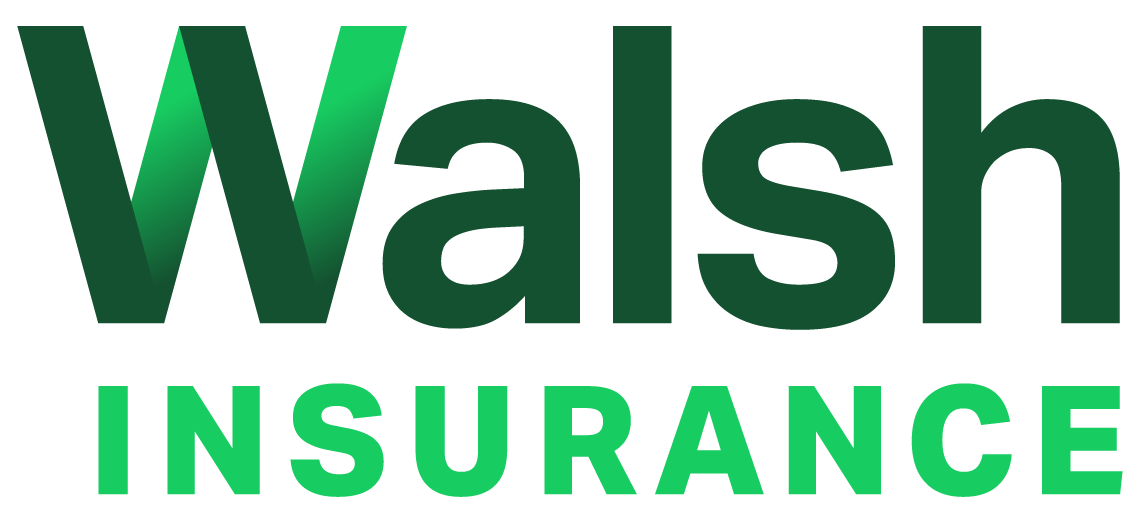
You’ve probably heard this horror story before — someone loses a home due to a flood and learns after the fact that standard homeowners insurance doesn’t cover flood damage.
At Walsh Duffield, we want you to be educated about all of the risks you may face – before a loss occurs – so you can determine what insurance coverage is appropriate. Spring is a prime season for flooding, so now is a good time to review your options.
Because very few companies offer flood insurance, the U.S. government created the National Flood Insurance Program (NFIP) in 1968. Available to homeowners, renters and business owners, this insurance often is required to obtain a mortgage in areas at high risk of flooding.
But you might want to look into a policy just for peace of mind, even if you don’t live in a flood-prone area. According to the NFIP, nearly 25% of the program’s claims occur in moderate- to low-risk areas. Check out the questions and answers below to help determine if flood insurance is right for you.
Is flood insurance available in my area?
To participate in the NFIP, a community must adopt and enforce a floodplain management ordinance with rules regarding construction in certain flood-prone areas. In exchange, the government makes flood insurance available within that community. We’re happy to help you find out if you’re eligible for flood insurance. Just give us a call or check the National Flood Insurance Program Community Status Book.
What does it cover?
The NFIP provides coverage for both the structure and its contents. Coverage for contents is optional in some cases, so you may want to give us a call to discuss other coverage for your personal property.
Keep in mind that you typically can’t purchase flood insurance and have it take effect the next day. There is usually a 30-day waiting period. (Exceptions to this rule apply, however, particularly when the insurance is required by a lender and is purchased during the process of securing a mortgage.) If you think you need flood insurance, don’t wait to buy a policy!
What doesn’t it cover?
Generally, government-issued flood insurance will not cover the following: Buildings entirely over water or principally below ground, gas and liquid storage tanks, animals, aircraft, wharves, piers, bulkheads, growing crops, shrubbery, land, roads, machinery or equipment in the open and most motor vehicles.
How much does flood insurance cost?
As with all insurance policies, the cost of flood insurance varies depending on your situation. If your home or business is in a high-risk area, such as a “special flood hazard area,” your premium naturally will be higher than those in low- or moderate-risk zones. Premiums are based on how old the building is, how many floors it has, the location of its contents, your deductible and more. Renters insurance is typically less expensive, as renters generally insure their belongings and not the building.
Where can I find more information?
As always, we are happy to help you determine your insurance needs. Contact us with additional questions.

